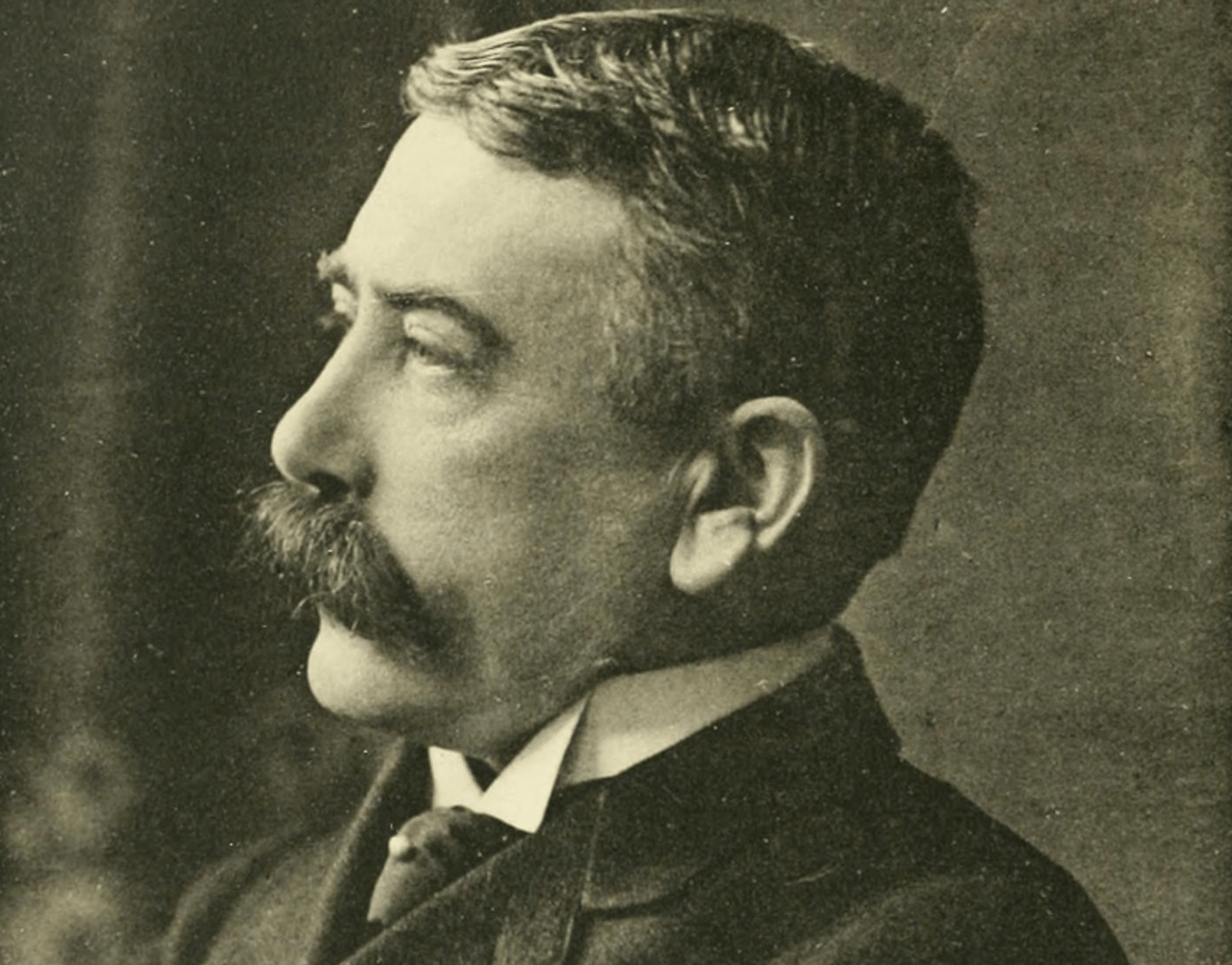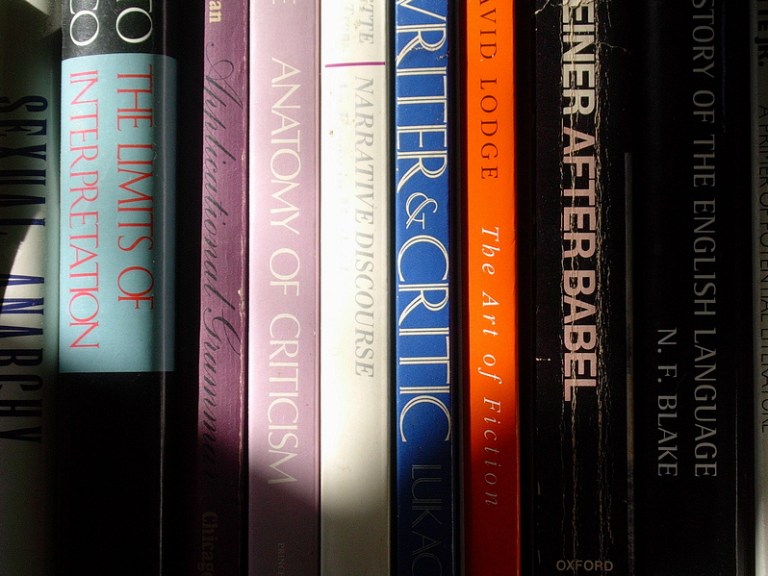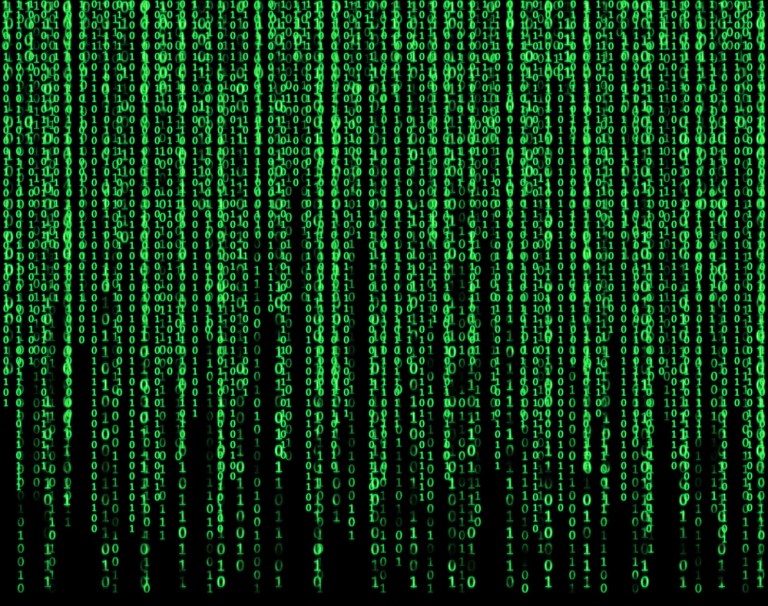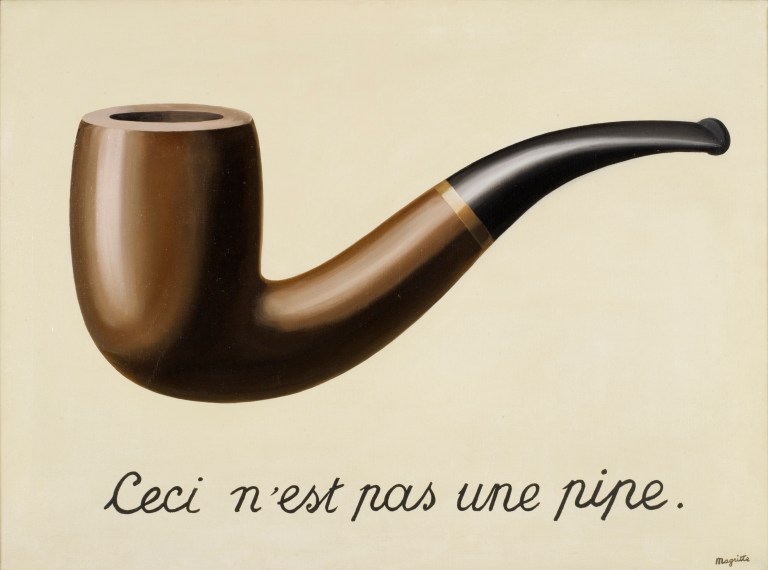On American Hustle, Goodfellas, Derrida, And More!
Structural linguists (de Saussure) — not to mention structuralists (Levi Strauss) — consider things as existing in three dimensions.


Photography by F. Jullien Genève
Descartes is, of course, one of the great thinkers of being. And it’s no coincidence that he invented (whatever that means) analytic geometry. Now, I have no doubt that the mathematicians amongst us will furrow their brows, at once singular and collective, but I want to say geometry is the study of shape in three dimensional space — you know, points and lines and tangents and polygons and such. In the more or less popular vernacular of such things, we talk of Cartesian coordinates.
With things fixed in 3D place, it’s easy to measure them, assess them, account for them.But when we introduce time, when things start moving, well, it all gets a tad messy. In mathematics, this is called calculus and it has such wacky things as infinite limits. Infinite limits! What’s more beautiful than that, I ask?
Structural linguists (de Saussure) — not to mention structuralists (Levi Strauss) — consider things as existing in three dimensions. They claim language has two components, langue and parole. Langue is the structure of language as it exists outside and beyond all of us, outside and beyond actual use. It’s the abstract system of language, its rules and laws and such. Parole, meanwhile, is the instantiation(s) of language, its use, its written and spoken form. They considered parole messy, too complicated, impossible to map and so they focused on langue, on the general rules of linguistic behavior.
And then along comes Derrida and says (and I paraphrase), Well, uh, wait. How would we know what langue is if it’s not first parole? How could we ever know language except in its written and spoken form? What other form is there? It seems to me that the very structure of langue is predicated on something outside of it and something that is always changing and moving (that is, parole).So the very structure of a structure is the undoing of that very structure. And such is what we like to call poststructuralism.
But years before Derrida, there was Bergson who said movement cannot be reduced to plots or points in space. (And long before Bergson were the sophists for whom truth and propriety are circumstantial, in time rather than eternal.) Movement is not the sum of the quantity of space between points A, B, and C. No, movement is a quality that happens behind our backs, as it were — or at least behind the backs of those who would plot and measure it.
Movement, Bergson maintains, is not something added to matter but is immanent to matter, is of matter. Things are not three dimensional but four dimensional (at least): length, width, depth, and time. Time is not something added to the world. Each thing endures as it endures; that is its time. Time in general is all the different times of endurance of all the different things, the world happening at all times at once (or not, as the case may be).
Reading reviews of American Hustle, it was hard not to notice all the references to Scorsese, as if David O. Russell was just re-doing Goodfellas. But that missed what was happening all together. Scorsese, and especially Goodfellas, is about filming bodies moving through 3D space, as if the world were a stable background to the transience of human life. Scorsese’s Casino is a different film, a liquid film, with three narrators projecting different images across the plane of the screen. In American Hustle, David O. Russell gives us just such a calculus of life in which everything is in motion all the time.
These are very different approaches to film, to life, to love, to the image. It’s not a matter of judgment, as if one were better than the other (Goodfellas is a brilliant, excellent film). But it is a matter of a certain kind of assessment, an assessment of will, of what world this or that filmmaker, artist, person wills in life: What cosmos do you live in? What cosmos do you want to live in?
This is one reason I loved the first three Pirates of the Caribbean films. Gore Verbinski gives us a vision of the world in which everything — yes, everything — is moving. These are not just characters on a boat as if the boar were a stage. No, the boat itself becomes a character. And it’s not just a boat full of characters on the ocean. Here, the ocean itself comes alive. This makes those movies difficult to watch, a visual cacophony as everything is in flux.
But such is life. It just keeps moving, often curating a blur. One day, one year, one decade you love Chinese food or a girl named Diane or the books of Milan Kundera only to find, later, that you don’t care for any of those things. You’re changing, always; the world is changing, always; your relationship with the world is changing, always. There is no stability, no ground, no home. We are nomads. Home is anywhere you hang your head (pace Elvis — Costello, that is). And I can’t help but feel that it’s not a question of stopping it — with ideas, philosophy, reason, with art — but of moving with it. So don’t be a square. Be a differential equation. ![]()




